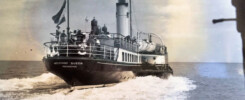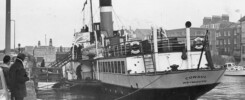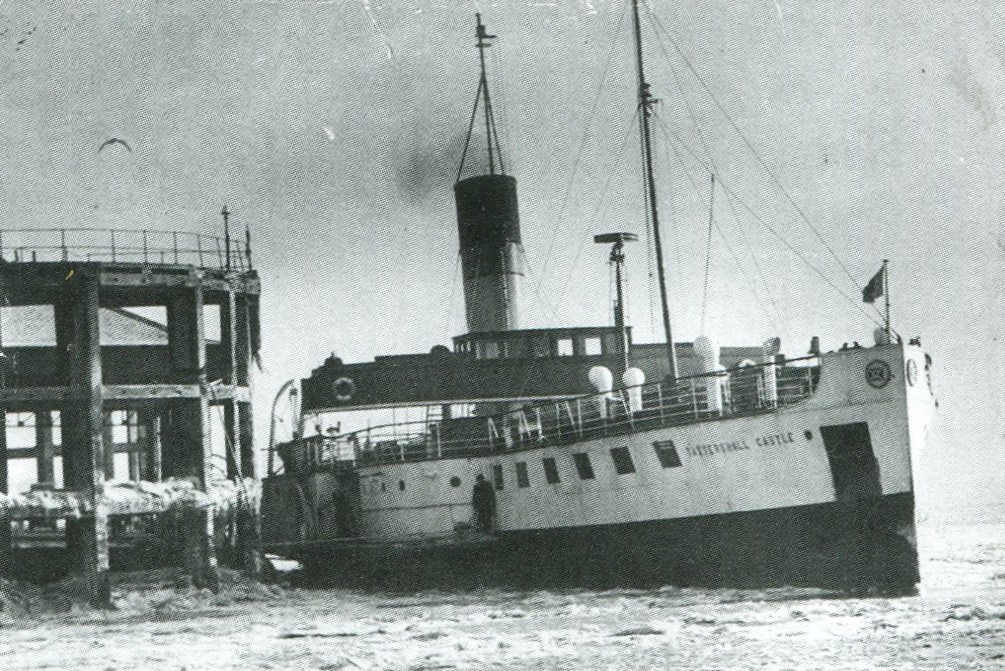
From Christmas 1962 through to early March 1963 the whole of the UK was blatted by a ferocious winter freeze up which covered the land with thick layers of snow cutting off towns and villages as well as causing mayhem for travellers. Rivers and estuaries nationwide started to freeze over. Even the sea froze in many places close to the shore around the coast. Goodness it was cold. And it went on and on day after relentless day for more than ten weeks.
Of course at first the novelty of it all was a welcome pleasure for those who like snow particularly amongst the young and the young at heart who revel in the joys of tobogganing, building snowmen and tossing snowballs at passing bicycles. But even amongst snow enthusiasts the relentless nature of this weather event, and the length of time it stayed with us, began to wear a little thin in the end.
This freezing weather caused real difficulties for the Humber paddle steamers which were doing their best to try to maintain the ferry service between Hull and New Holland. It was hard for their crews who had to be out in the open in these freezing conditions to handle the ropes on deck as well as jangle the telegraph on the bridge.
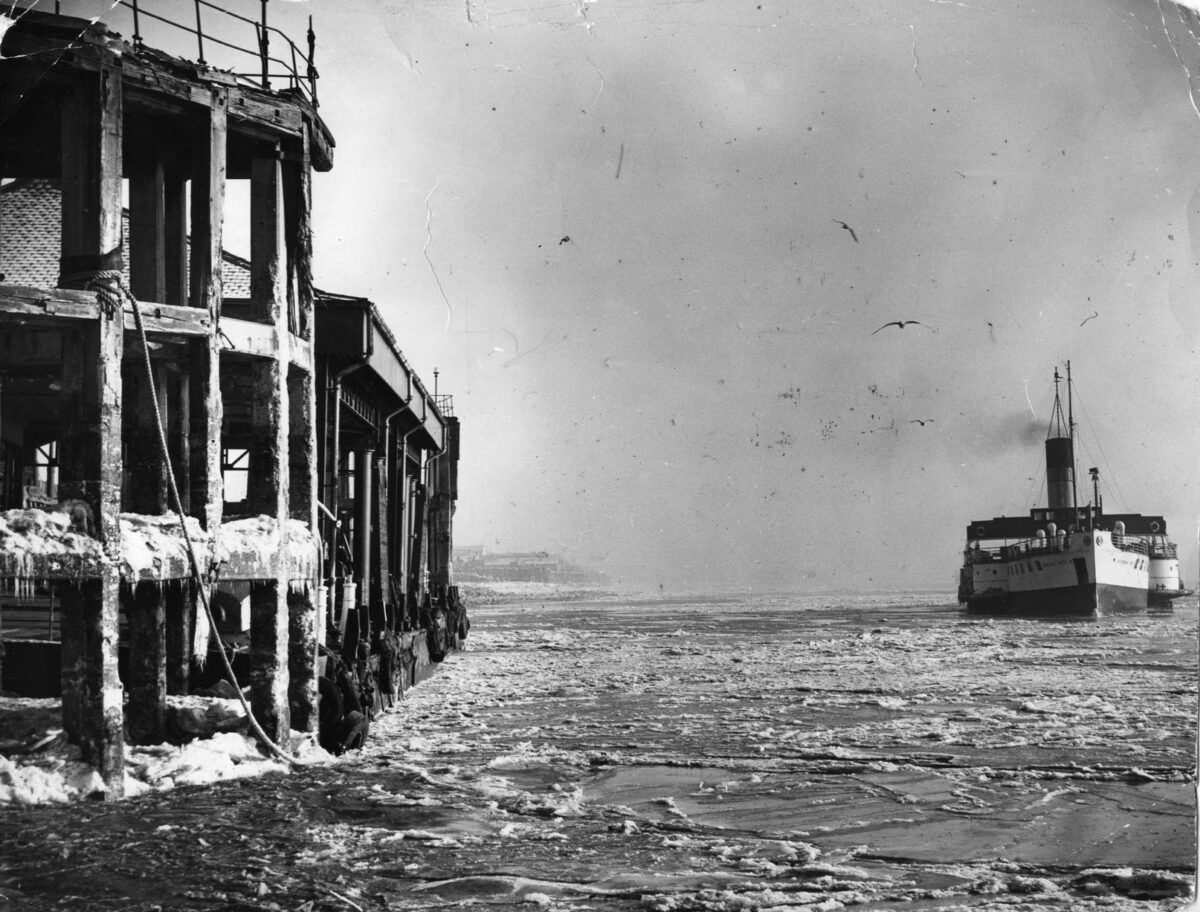
The pack ice was quite thick in places. Large pieces of ice formed a solid barrier between the ships and the piers making it hard to come alongside. Pushing all that out of the way to get close enough to berth and put the gangways out was a real and constant challenge.
The decks of both the piers and the ships constantly froze over making conditions hazardous for passengers and crews. When stationary alongside the piers the paddle wheels started to freeze solid and then refused to turn. In pondering a solution to this conundrum the engineers discovered steam pipes which had been fitted from the boiler to each paddle box in the last great freeze which started in January 1947 to provide a steam jet to remove such ice from the paddle wheels to free them up. This cunning device was reactivated in the winter of 1962/63 and put to good effect.
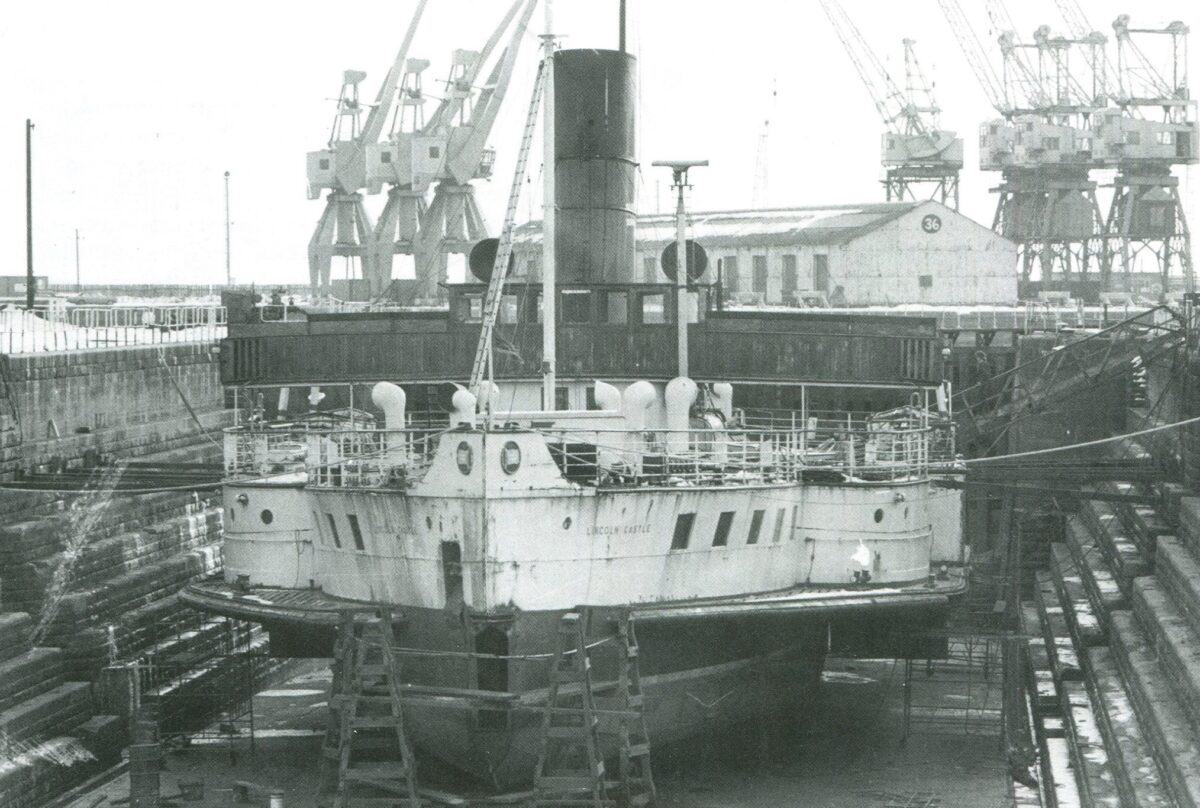
The situation was also difficult for the paddle steamer in dry-dock at the time. How do you chip paint from a ship’s steel hull when you find that when you put your hammer down for a few minutes you can’t pick it up again as it has frozen itself onto the surface on which you have just lain it?. And how can you apply paint to a ship’s hull when the temperature is below freezing point and the tin declares that the paint should only be used within a much higher temperature range if it is to be effective?
It was not until early March that the thaw started to set in and everything began to return to normal. There has been no colder winter recorded in England since then.
Kingswear Castle returned to service in 2023 after the first part of a major rebuild which is designed to set her up for the next 25 years running on the River Dart. The Paddle Steamer Kingswear Castle Trust is now fund raising for the second phase of the rebuild. You can read more about the rebuilds and how you can help if you can here.
John Megoran
This article was first published on 3rd February 2021.

